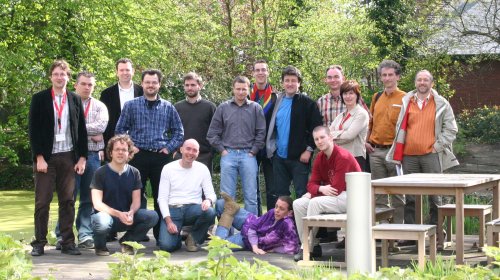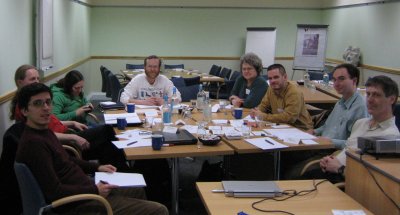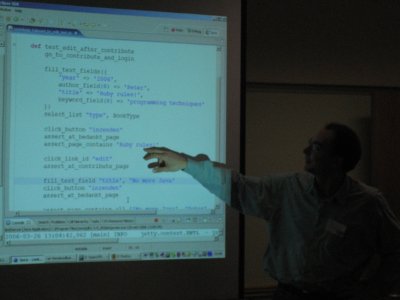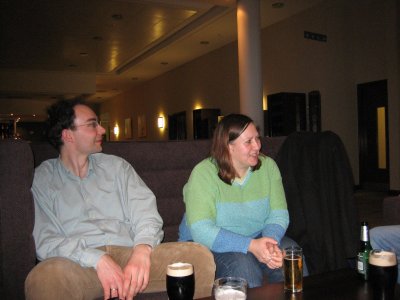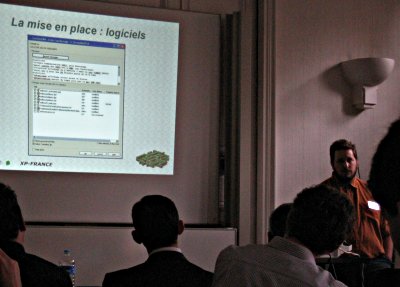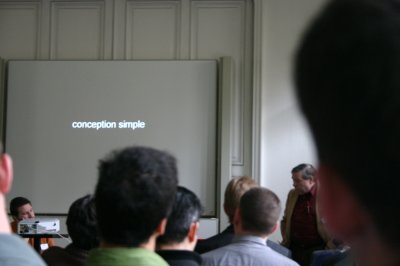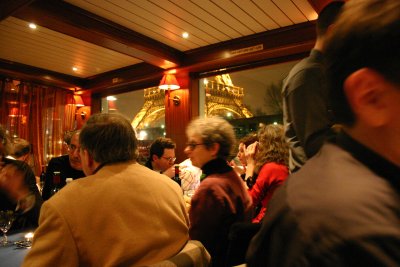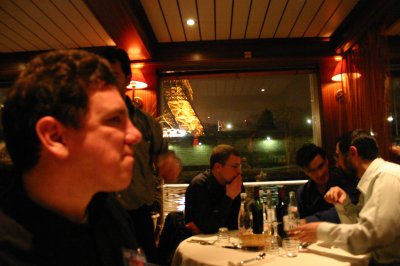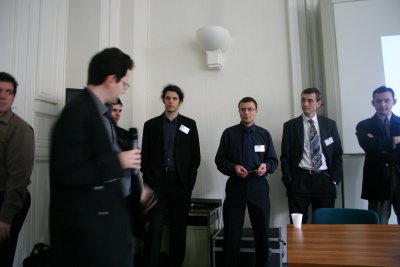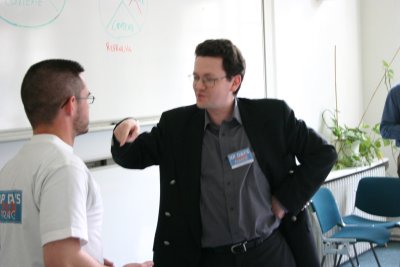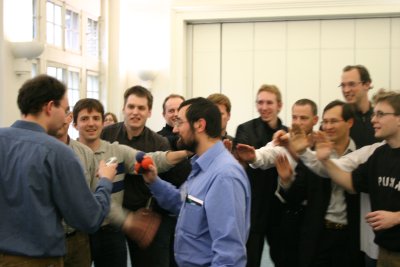I participated in the presentation zen session at agile open hosted by Pascal van Cauwenberghe. Pascal already did a writeup on the session as a whole.
The main reason for me to attend this session is if I want to be better at creating and giving presentations, I might as well go all the way, look what works for other people and see what fits for me.
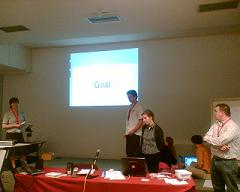 This is the group I was in, with (left to right) Vera, myself, Kristel and Lieven.
This is the group I was in, with (left to right) Vera, myself, Kristel and Lieven.
This session worked very well for me. I took some things away that I applied the next monday, while making a presentation for a client – for those of you who wonder whether going to conferences contributes to the bottom-line, agile open did to mine, and quickly  .
.
I’ve been to several presentation and communication trainings, when done badly, they had the opposite effect – one made me more afraid of giving presentations rather than more relaxed. So hats off to Pascal for making space for a relaxed and fun session. I guess creating and presenting in groups made it a lot more fun and less scary than it would have been experimenting individually.
Practicing in a group was also very productive. in about twenty minutes we created a presentation with three co-presenters, did a trial run with feedback in a few more minutes , and then a re-run for the other participants a few minutes later.
The second run went already noticeably smoother, even though we had no opportunity to update the slides based on the feedback and new ideas we got from the first run.
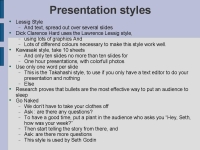 We started with an anti-slide, extra filled with bullets in an illogical order. Vera told a long story somewhate unrelated to the bullets.
We started with an anti-slide, extra filled with bullets in an illogical order. Vera told a long story somewhate unrelated to the bullets.
To see if the participants read the slide or listened to Vera, we inserted some jokes at the end – if people laughed, they were reading, otherwise they were listening to Vera. Our hypothesis was, that people could either read the slides, or hear Vera speak.
Some participants were laughing, others were not, so we concluded that some were listening, and others were reading. We verified it with questions after the presentation, our assumption seems to have been correct. The next slides were in lessig / takashi style: just one to a few words per slide.
That gives much more…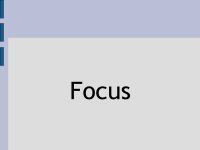
Slides like this are much easier to read from a distance, and are also friendlier to older people (It’s not called senior management for nothing…  ) .
) .
In our group we discussed about what presentations are used for. In-company presentations are often used as ‘discussion documents’ ‘process documentation’, and more in general, presentations are often also used as handouts (I do that too in courses). It seems presentations are better considered a separate medium from those. Presentations are less cluttered, and handouts, process documentation and discussion documents are better served with more detail than can fit in a slide.
Getting better at presenting takes practice (lots!) and fresh ideas from elsewhere – this session provided both.
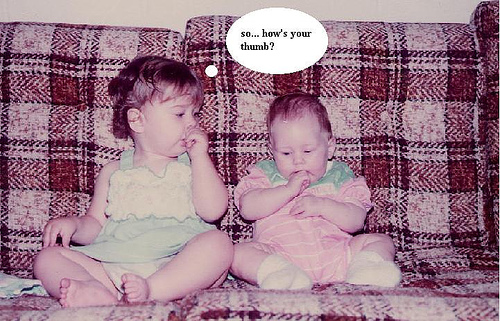
 This is the group I was in, with (left to right) Vera, myself, Kristel and Lieven.
This is the group I was in, with (left to right) Vera, myself, Kristel and Lieven. We started with an anti-slide, extra filled with bullets in an illogical order. Vera told a long story somewhate unrelated to the bullets.
We started with an anti-slide, extra filled with bullets in an illogical order. Vera told a long story somewhate unrelated to the bullets.
















